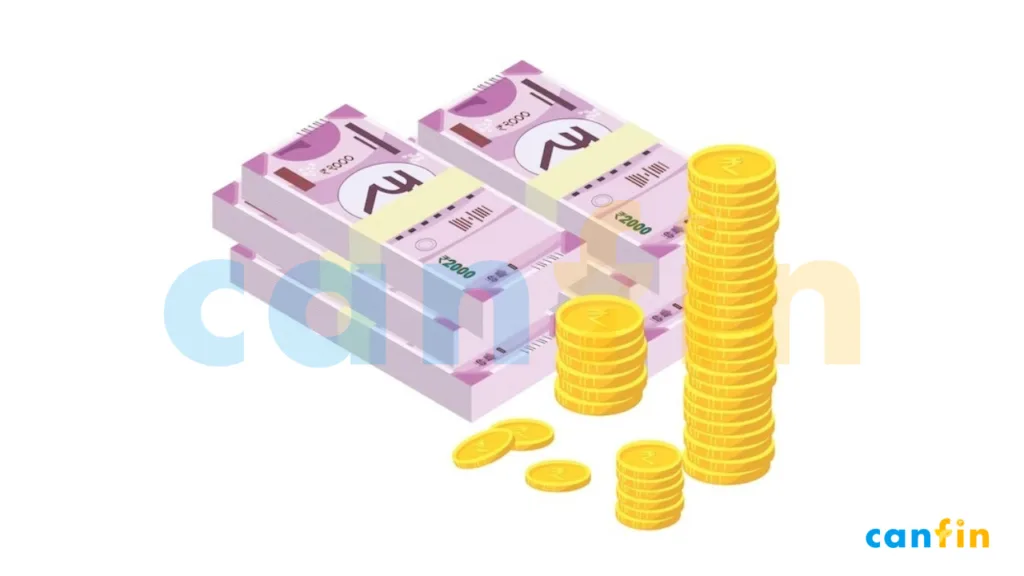- 1. Why are ₹2000 denomination banknotes being withdrawn?
- 2. What is Clean Note Policy?
- 3. Does the legal tender status of ₹2000 banknotes remain?
- 4. Can ₹2000 banknotes be used for normal transactions?
- 5. What should the public do with the ₹2000 denomination banknotes held by them?
- 6. Is there a limit on deposit of ₹2000 banknotes into a bank account?
- 7. Is there an operational limit on the amount of ₹2000 banknotes that can be exchanged?
- 8. Can ₹2000 banknotes be exchanged through Business Correspondents (BCs)?
- 9. From which date will the exchange facility be available?
- 10. Is it necessary to be a customer of the bank to exchange ₹2000 banknotes from its branches?
- 11. What if someone needs more than ₹20,000/- cash for business or other purposes?
- 12. Is there any fee to be paid for the exchange facility?
- 13. Will there be special arrangements for senior citizens, persons with disabilities, etc. for exchange and deposit?
- 14. What will happen if one cannot deposit / exchange ₹2000 banknote immediately?
- 15. What will happen if a bank refuses to exchange / accept deposit of ₹2000 banknote?
1. Why are ₹2000 denomination banknotes being withdrawn?
The ₹2000 denomination banknote was introduced in November 2016 under Section 24(1) of RBI Act, 1934 primarily with the objective to meet the currency requirement of the economy in an expeditious manner after withdrawal of the legal tender status of all ₹500 and ₹1000 banknotes in circulation at that time. With fulfilment of that objective and availability of banknotes in other denominations in adequate quantities, printing of ₹2000 banknotes was stopped in 2018-19.
A majority of the ₹2000 denomination notes were issued prior to March 2017 and are at the end of their estimated lifespan of 4-5 years. It has also been observed that this denomination is not commonly used for transactions. Further, the stock of banknotes in other denominations continue to be adequate to meet the currency requirement of the public.
In view of the above, and in pursuance of the “Clean Note Policy” of the Reserve Bank of India, it has been decided to withdraw the₹2000 denomination banknotes from circulation.
2. What is Clean Note Policy?
It is a policy adopted by RBI to ensure availability of good quality banknotes to the members of public.
3. Does the legal tender status of ₹2000 banknotes remain?
Yes. The ₹2000 banknote will continue to maintain its legal tender status.
4. Can ₹2000 banknotes be used for normal transactions?
Yes. Members of the public can continue to use ₹2000 banknotes for their transactions and receive them in payment.
However, they are encouraged to deposit and/or exchange these banknotes on or before September 30, 2023.
5. What should the public do with the ₹2000 denomination banknotes held by them?
Members of the public may approach bank branches for deposit and/or exchange of ₹2000 banknotes held by them. The facility for deposit into accounts and exchange for ₹2000 banknotes will be available at all banks until September 30, 2023. The facility for exchange will be available also at the 19 Regional Offices (ROs) of RBI having Issue Departments until September 30,2023.

6. Is there a limit on deposit of ₹2000 banknotes into a bank account?
Deposit into bank accounts can be made without restrictions subject to compliance with extant Know Your Customer (KYC) norms and other applicable statutory / regulatory requirements.
7. Is there an operational limit on the amount of ₹2000 banknotes that can be exchanged?
Members of the public can exchange ₹2000 banknotes up to a limit of ₹20,000/- at a time.
8. Can ₹2000 banknotes be exchanged through Business Correspondents (BCs)?
Yes, exchange of ₹2000 banknotes can be made through BCs up to a limit of ₹4000/- per day for an account holder.
9. From which date will the exchange facility be available?
To give time to the banks to make preparatory arrangements, members of the public are requested to approach the bank branches or ROs of RBI from May 23, 2023 for availing exchange facility.
10. Is it necessary to be a customer of the bank to exchange ₹2000 banknotes from its branches?
No. A non-account holder also can exchange ₹2000 banknotes up to a limit of ₹20,000/- at a time at any bank branch.

11. What if someone needs more than ₹20,000/- cash for business or other purposes?
Deposit into accounts can be made without restrictions. The ₹2000 banknotes can be deposited into bank accounts and cash requirements can be drawn thereafter, against these deposits.
12. Is there any fee to be paid for the exchange facility?
No. The exchange facility shall be provided free of cost.
13. Will there be special arrangements for senior citizens, persons with disabilities, etc. for exchange and deposit?
Banks have been instructed to plan to reduce inconvenience to the senior citizens, persons with disabilities, etc., seeking to exchange/deposit ₹2000 banknotes.
14. What will happen if one cannot deposit / exchange ₹2000 banknote immediately?
To make the entire process smooth and convenient for the public, a period of over four months has been given for deposit and/or exchange of ₹2000 banknotes. Members of the public, are therefore, encouraged to avail this facility at their convenience within the allotted time.
15. What will happen if a bank refuses to exchange / accept deposit of ₹2000 banknote?
For redress of grievance in case of deficiency of service, the complainant / aggrieved customer may first approach the concerned bank. If the bank does not respond within a period of 30 days after lodging of the complaint or if the complainant is not satisfied with the response/resolution given by the bank, the complainant can lodge the complaint under the Reserve Bank – Integrated Ombudsman Scheme (RB-IOS), 2021 at the Complaint Management System portal of RBI (cms.rbi.org.in).


